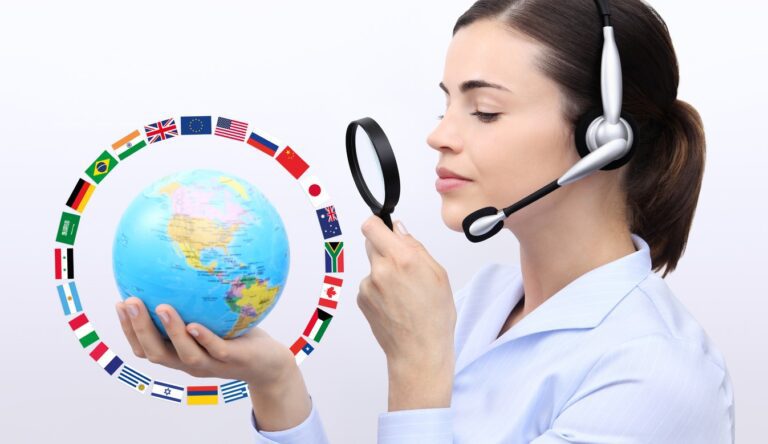If you are targeting an audience of multiple countries, then you have to make your website multilingual. Only installing a translation plugin is not enough to hone the SEO benefits. There are several things that you need to keep in mind while optimizing your website for multiple languages. Else you need to opt for suitable SEO packages that can help you in optimizing your website for multiple languages.
As the majority of the websites don’t require this feature as they are targeting a specific set of audiences. However, if your website targets multiple demographics, then you need to pay special attention to your multilingual SEO strategy.
If you are new to this implementation and looking for tips to do it correctly, then we have got you covered. In this article, we will have a look at top tips to optimize your website with multilingual SEO and get ahead of the competition. Optimizing your website for two or more two languages is not difficult, but you need to keep certain things in mind to ensure everything works fine. On this note, let’s get started with these tips.
Translating the URL
It’s the most underrated SEO tip, but it can drive substantial traffic to your website and drive more conversion. The majority of the businesses never pay attention to the actual URL of the page, and most of the time, the URL stays in the original language. So, it’s a pro tip to optimize URLs of all pages so that the native visitors of a particular demographic can easily understand it. You don’t have to do it manually as there are several plugins available for the same.
You can use Translate Press for translating all the native URLs into country language-specific slugs. If you feel that some pages don’t need to be localized, then you can skip them and translate the other local services pages. Along with it, you can also generate a multilingual sitemap for your website.
Use hreflang tags
You must have seen these tags on many websites, and they are used as snippets of code that guide search engines. When you use hreflang tags on your website, it simply guides Google and other search engines and helps them distinguish between all versions of your website. You must have seen hreflang=”en” on many websites. It simply tells Google and another search engine which language you are using for what page.
When you add these tags on all the pages that you want search engines to translate for your users, there are several tools and plugins available that let you add hreflang tags to all the desired pages at once. Otherwise, you need to do it manually. Don’t optimize your website for too many languages. Instead, do a little research on what are the countries that you want to target. Read more on how blogging increase SEO.
Translating the metadata
Like the URLs, metadata plays an important role in boosting your website’s SEO. While translating the pages, ensure you are also paying attention to all metadata. You don’t want to showcase your website’s titles and meta descriptions in your native language that they don’t understand. What you can do is that, similar to pages, translate all the metadata. While translating, pay more attention to targeted keywords.
Don’t translate the targeted keywords with a tool, instead, do separate keyword research for keywords in the language that you are targeting. If you can hire a native language writer, it will bring more benefits to your website. If you don’t want to hire a writer, you can use an SEO tool and do keyword research in that language.
Review all your keywords
The next important aspect that you need to consider is how you are using the translated keywords on the pages. Only translating the keywords is not enough; go the extra mile and check the keywords density on all pages. It’s important to follow all SEO standards even while opting for multilingual support. Many business owners think keyword density doesn’t matter; however, it’s among the most important aspects of search optimization.
Start with your main keywords, and then keep optimizing the LSIs and the long-tail keywords for every page. Maintain a dedicated sheet for all the keywords as it will make the job easier. Read more on free keyword research tools to use.
Search for popular phrases
Along with translating your website’s existing keywords, it’s important that you search for other important keywords that are popular. If you are translating the keywords for two countries, then conduct separate keyword research to find out what other popular keywords are not present in your native language.
With this tactic, you can be sure that you haven’t left any important keywords unused. It will help you get more traffic and organic search for your website.
Wrapping up!
Get started with multilingual search optimization for your website now and drive international traffic and grow sales. Follow these easy steps and scale your business effortlessly. It’s the ultimate way to outperform your competitors and drive more growth.


0 Comments